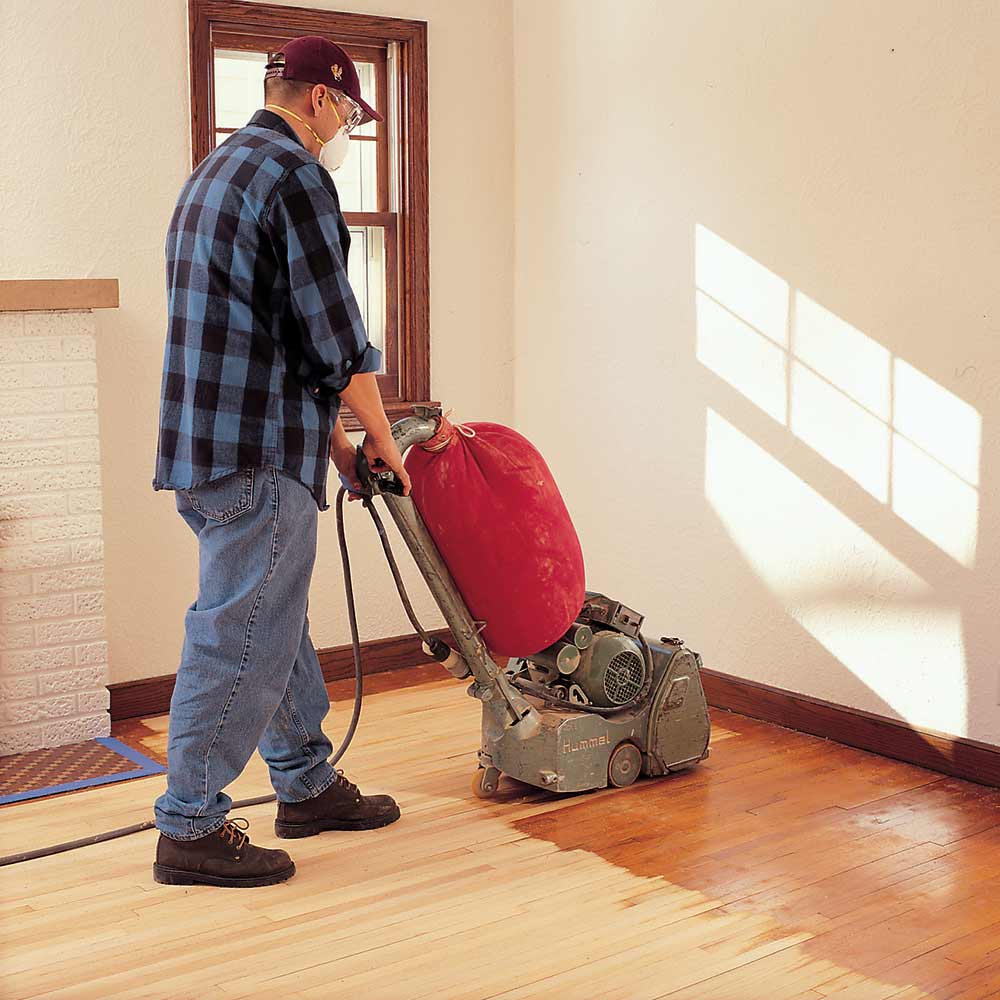Many myths and half-truths abound on the Internet about floor sanding. Surprisingly, most of these myths can be found on well-known or franchised sites. The proliferation of this dubious information needs to be curtailed in order to ensure that the public is well informed about the intricacies of floor sanding.

Myth 1: Floor sanding is an easy job to do.
On the contrary, floor sanding is like any other job. It takes experience, skill, patience, and a lot of effort to pull of an exemplary sanding job, and the same applies to all other jobs. You need to learn how to do the sanding from a professional before embarking on a DIY project;otherwise, you will end up ruining the entire project.
Myth 2: You need to paint after the sanding is complete because the dust may ruin the paint job.
This is not necessarily true. Serious veterans in the sanding industry will tell you that the best time for a paint job is before the sanding actually takes place. It is easier to touch around the skirtings than it is to sand over and remove little specs of brush marks or roller splatter. This is especially so if you have not yet quite mastered the art of cutting in, dust sheeting, or masking. In more instances than not, the painters create more dust than the people responsible for the sanding.
Myth 3: Expect a lot of dust when sanding.
Experts have proven this notion false. The process of sanding does create vast amounts of sand, but majority of the sand created will remain in the vacuum bags and the bin bags. As mentioned before, painting (and decorating) usually results in more dust lying around than sanding the floor.
Myth 4: You should fill the gaps with strings, paper mache, sawdust, or glue.
The methods intimated by this myth are outdated and highly ineffective. There are three techniques that experts use when filling in the gaps between the floorboards. The first method is by using acrylic mastic to fill the gaps, but most people would shy away from this method owing to its unattractiveness. The second method is using a combination of sawdust and resin, which is a modern twist on glue and sawdust, but highly more effective. The final method is to glue in tapered wood silvers in the gaps. This last method does not appeal to many floor sanders owing to its expensive nature.
If you have very wide gaps then you can consider lifting the boards, using a board clamp to cramp them tight, and then fitting a half-board to cover the resulting gap. However, this measure is only effective if the boards are already loose. Otherwise, using this method can create extensive damage on the floorboards.
Myth 5: You need to remove all the skirtings, open the windows, and tape all the doors before sanding
This is a misconception, firstly because the skirtings remaining where they are will not interfere with the sanding process. Secondly, when sanding it is best to keep the windows closed so that dust particles do not become air-borne especially when you empty the vacuum bags. There is also no reason to justify taping up all the doors.

